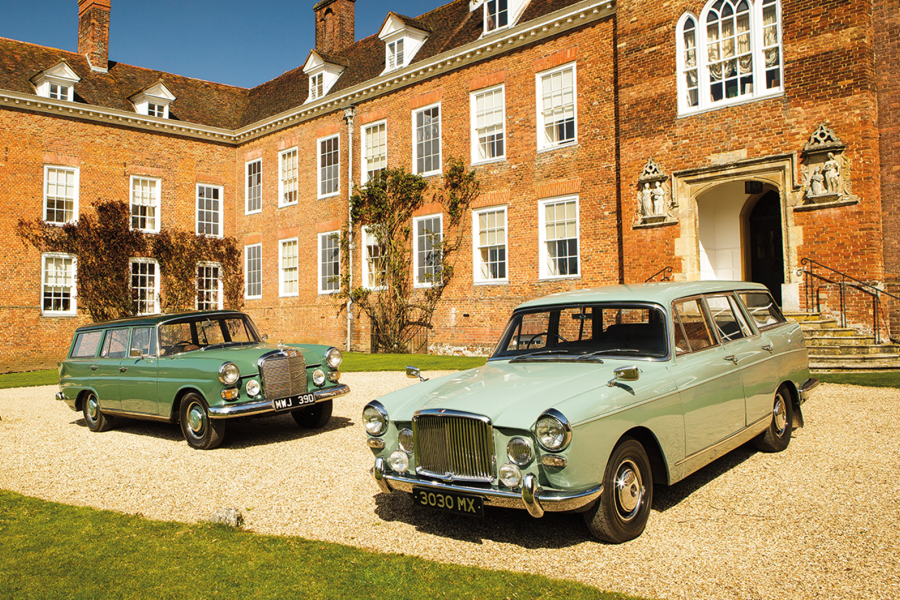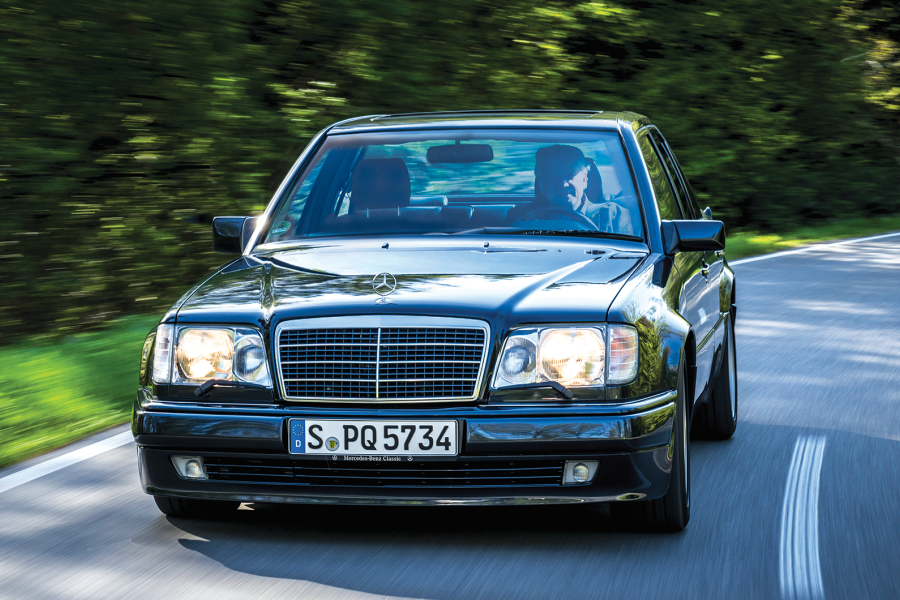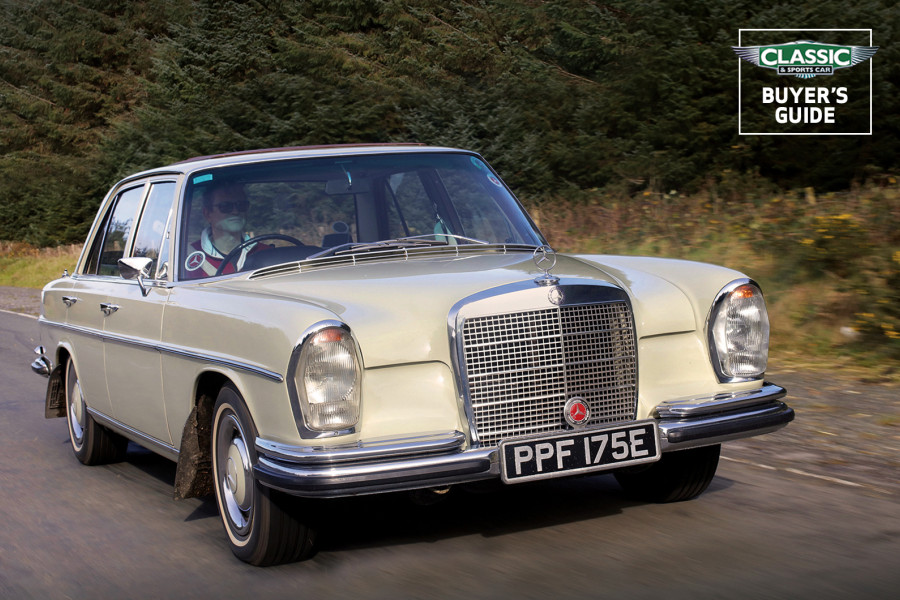In every other regard there’s little compromise thanks to the use of the same carbon tub as the coupé, which makes it one of the stiffest road cars Mercedes has ever produced.
There’s practically nothing to choose between the pair in terms of performance, but the coupé is a more relaxed and refined place to be, the lack of buffeting encouraging greater speeds.
Raise the Roadster’s roof and the playing field levels once again; such is its quality that it’s almost as comfortable as the coupé.
As a result, the convertible wins the day: you essentially get two cars for the price of one.
The SLR might not have been exactly what Murray intended, and contemporary reviews weren’t as glowing as they could have been.
But time is the great healer, and with its passing what were once seen as flaws and compromises eventually turn into something much more valuable than impeccable handling or flawless aerodynamics: they become character.
And that is something the SLR has in spades.
Images: Will Williams
Thanks to: Historics Auctioneers and DD Classics
This was originally in our August 2019 magazine; all information was correct at the date of original publication
The Vision SLR concept was unveiled at the 1999 Detroit motor show
Gordon Murray on the ‘McMerc’
“We had a meeting with the board members, directors and senior people, and I said, ‘What is [the Vision SLR] supposed to be in competition with?’
“They replied, ‘Aston Martin, Ferrari, Lamborghini – all the top-end people.’
“And I said, ‘But it’s not a front-mid-engined car; it’s a front-engined car. It’s got no boot space, the fuel tank is high up above the back axle, it’s got these huge pneumatic suspension struts on each corner that weigh 9.5kg each, and I can see from here that the weight distribution is completely wrong. Forget it.’
“What I really wanted to say was, ‘I don’t want us to have our name on this car. It’s never going to handle, it’s never going to perform, and it certainly won’t be in competition with those guys you’ve just mentioned.’
“There was a lot of biting of tongues and gnashing of teeth, but they did come around and say, ‘OK, will you tell us what it has to be?’
“I went home and we did a little leaflet.”
The Mercedes-Benz Vision SLR makes little effort to disguise its 300SLR design cues
“It was a bit The cat sat on the mat! It said, ‘This is a sports car, this is a GT car and this is a saloon car. And a sports car must have this weight distribution.’ Stuff like that,” explains Murray.
“I said, ‘We’d love the job, but you’ll have to let us change the architecture completely and start again.’
“There was all sorts of really inventive stuff on the SLR. Engineering-wise, it was incredibly strong and rigid, and to this day I’m very proud of that structure.
“It was the safest car that Mercedes had ever made by a mile, and the stiffest car it had ever made by a mile, and probably still is to this day.
“It’s a significant motor car in my design career because it was for a big corporation where they let us do everything.
“I’m very proud of the engineering in it, but it’s not one I find endearing as a motor car.”
There are more of Murray’s reflections in his autobiography One Formula (ISBN 9781907085307).
Factfile
Mercedes-Benz SLR McLaren
- Sold/number built 2003-2010/2282
- Construction carbonfibre composite monocoque with carbon composite crash structures and aluminium subframes
- Engine all-alloy, sohc-per-bank 5439cc V8, with screw-type supercharger and air/water intercooler
- Max power 626bhp @ 6500rpm
- Max torque 575lb ft @ 3250-5000rpm
- Transmission five-speed automatic, RWD
- Suspension independent, by double wishbones, coil springs, telescopic dampers; front anti-roll bar
- Steering power-assisted rack and pinion
- Brakes electro-hydraulic carbon-ceramic discs with anti-lock and brake assist; computer-controlled air brake
- Length 15ft 3¼in (4656mm)
- Width 6ft 3in (1905mm)
- Height 4ft 1¾in (1261mm)
- Wheelbase 8ft 10¼in (2700mm)
- Weight 3890lb (1768kg)
- 0-60mph 3.8 secs
- Top speed 207mph
- Mpg 19.5
- Price new Price new £300,000 (Roadster £350,000)
- Price now Price now from £200,000*
*Price correct at date of original publication
READ MORE
30 years of the McLaren F1
Buyer’s guide: Mercedes-Benz SL (R129)
Double centurions: Mercedes-Benz SLR McLaren vs Bristol Fighter
Greg MacLeman
Greg MacLeman is a contributor to and former Features Editor of Classic & Sports Car, and drives a restored and uprated 1974 Triumph 2500TC



















